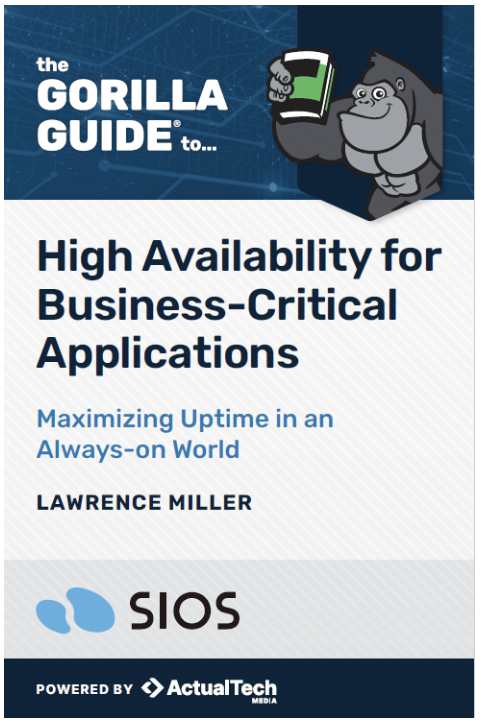Video: SIOS Cloud Availability Symposium 2023 To Focus On Disaster Recovery Mastery
In this video, Natalia Casey, our Senior Marketing Programs Manager, talks about SIOS’s upcoming event, SIOS Cloud Availability Symposium 2023. She also discusses how SIOS Technology is helping companies protect their applications, ensuring they have effective strategies around high availability and disaster recovery.
Highlights of this video interview:
- While cloud provides a lot of benefits, organizations may not be aware of the gaps that cloud does not cover in terms of availability and disaster recovery. Casey talks about the need for constant education of the IT teams and lots of testing to ensure all of the disaster recovery plans and processes remain effective.
- The symposium will focus on disaster recovery mastery for SAP where attendees will be able to learn about best practices for disaster recovery planning and implementation, as well as tips for ensuring high availability of their SAP environment. Casey explains some of the key topics that will be included in the event.
- The event is aimed at anyone running applications in the cloud who wants to learn about disaster recovery, high availability and protecting applications in the cloud.
- You can register to attend the event on the this page and sessions will be recorded and available for on-demand viewing for registered attendees.
Reproduced with permission from SIOS





